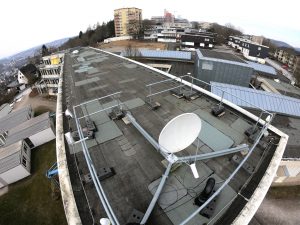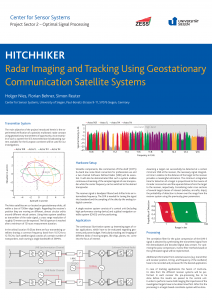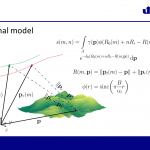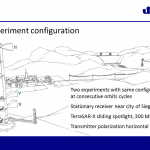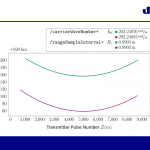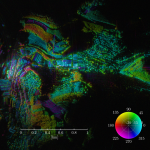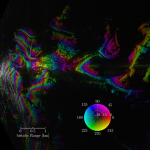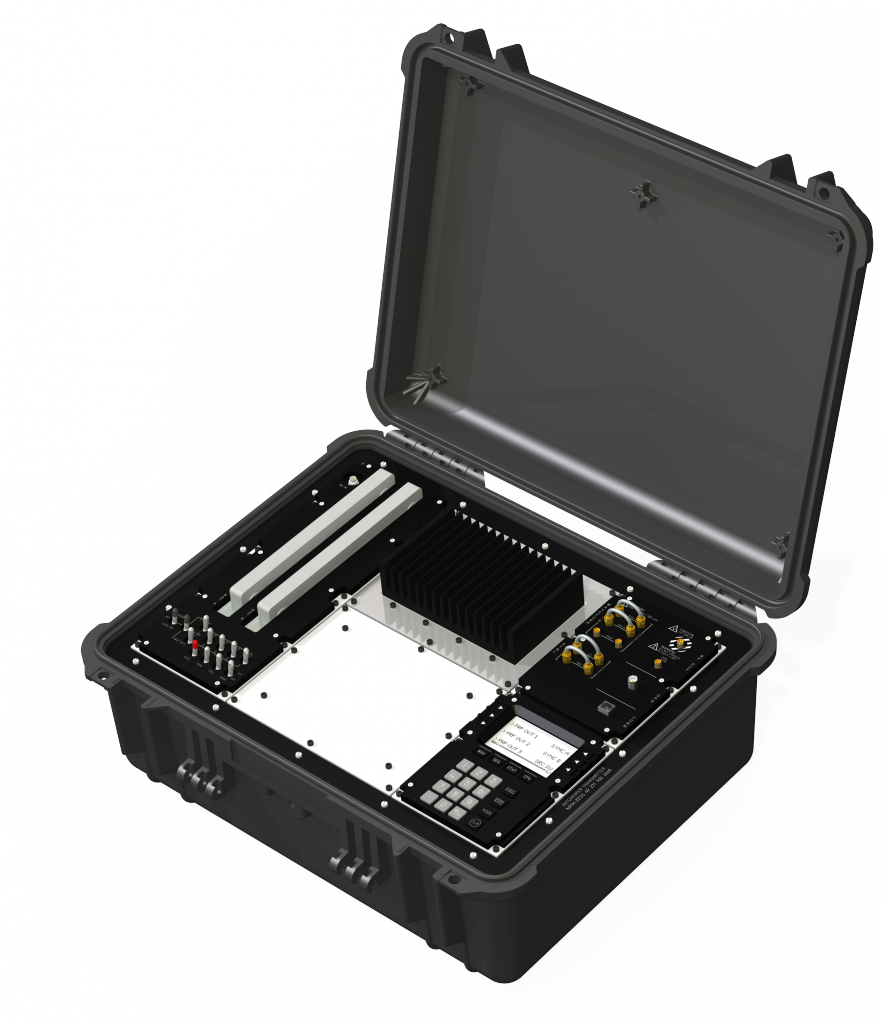Zur Ausrichtung von Sensoren oder Antennen im Raum wurde ein Positionierungssystem mit zwei motorisierten Achsen entwickelt und aufgebaut. Das System enthält zusätzlich einen Inertialsensor um den Ausrichtungsvektor auch auf bewegten Plattformen beizubehalten. Im Rahmen dieser Arbeit soll für den Steuerrechner dieses Systems die Firmware sowie der Regler entworfen und implementiert werden.
Das System besteht aus zwei orthogonalen Achsen, welche jeweils über ein Getriebe durch Schrittmotoren angetrieben werden. An jeder Achse befindet sich ein Absolutwinkelgeber. Das Steuersystem besteht aus zwei Atmel Mikrocontrollern – der Rechner zur Verarbeitung der Inertialsensordaten basiert auf dem ARM® Cortex® M0+, der Hauptrechner auf dem ARM® Cortex® M7. Die Kommunikation mit dem System erfolgt über einen CAN-Bus welcher von außen über Schleifringe erreichbar ist.
Die Aufgaben der Software sind die Erfassung und Speicherung der Sensordaten, die Regelung der Motoren sowie die Kommunikation mit dem externen Messystem über CAN-Bus.
Der Umfang der Arbeit wird dem angestrebten Studienabschluss entsprechend angepasst.
Ihre Aufgaben:
- Entwurf und Implementierung der Firmware in C unter der Verwendung von FreeRTOS
- Realisierung einer Softwarekomponente zur Steuerung des Systems in MATLAB
- Vollständige Dokumentation der Arbeiten und der Software sowie Test des Systems
Anforderungen:
- Studium der Elektrotechnik
- Erfahrung in der Softwareentwicklung für eingebettete Systeme
- Kenntnisse im Bereich der Regelungstechnik
- Bereitschaft zum selbstständigen Arbeiten


